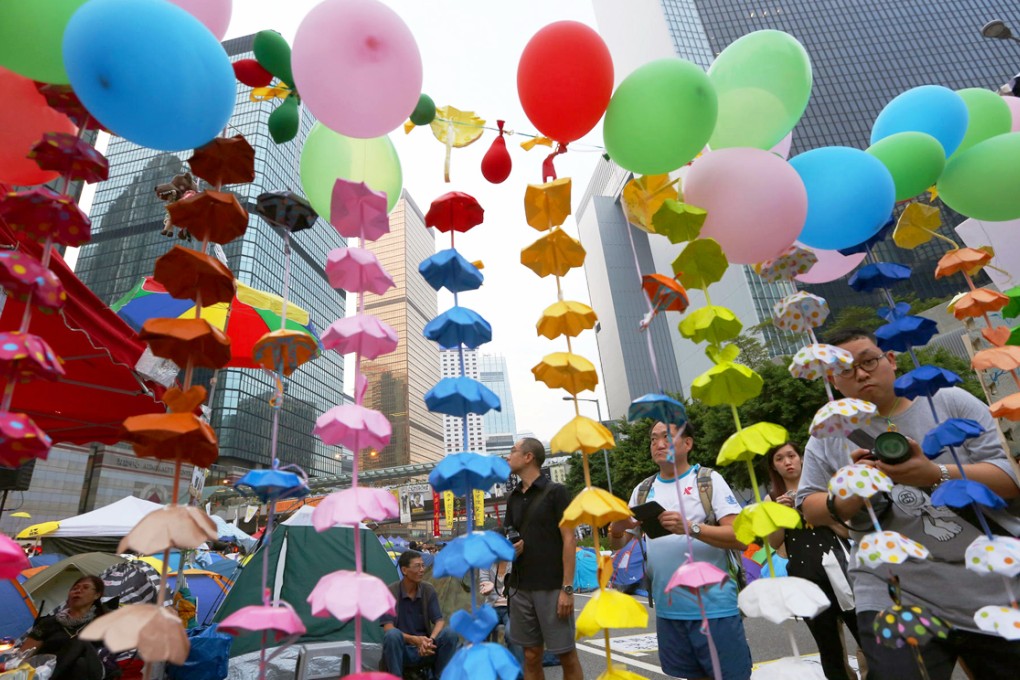The Occupy protests: a month that shook Hong Kong to its core
The civil-disobedience movement demanding true democracy has gone far beyond what was originally planned - and there's no end in sight

It's been a month that has shaken Hong Kong. The city changed forever when, at 1.45am on September 28, Occupy Central co-founder Benny Tai Yiu-ting declared the start of the long-anticipated civil-disobedience campaign as crowds gathered to back students arrested at the end of a week-long class boycott.
The massive protests have paralysed streets and sparked unprecedented passion for democracy. The heavy use of pepper spray and the firing of 87 tear-gas canisters by police seemed to encourage rather than repel the protesters. The occupation spread beyond the area around government headquarters in Admiralty to Mong Kok and Causeway Bay, with a brief mini-occupation of Tsim Sha Tsui.
Instantly drawing massive overseas media interest, dramatic scenes of protesters wielding umbrellas and filling streets usually packed with cars and buses brought Hong Kong's democracy movement firmly to the world's attention.
Yet one month on, there is no end in sight. Tensions between the government and its critics have only escalated and threaten to tear the community apart.
The protests have gone far beyond the scope envisioned by Occupy's co-founders. That it has veered dramatically from the script and created a virtually leaderless movement has raised concerns that the situation could spiral out of control.